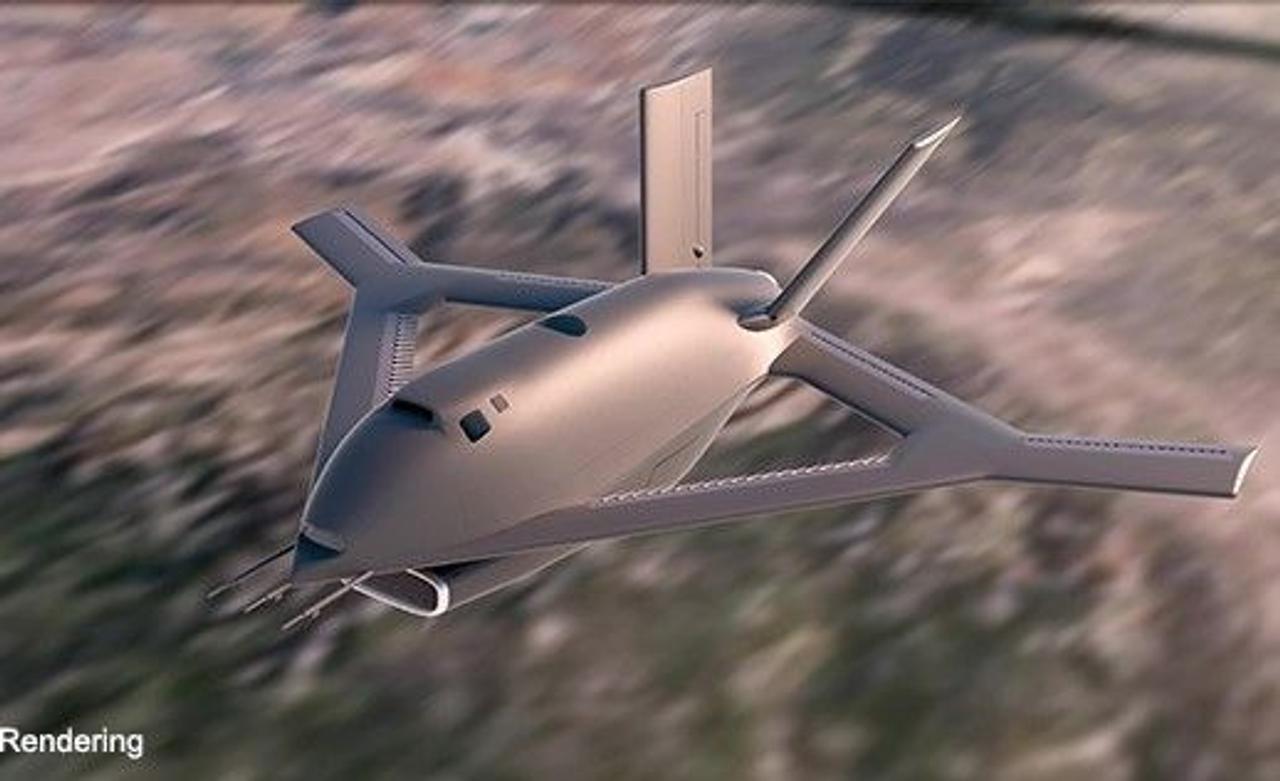
The new X-plane will have no external moving parts, which will reduce weight and improve performance
DARPA has selected Aurora Flight Sciences to build a full-scale X-plane to demonstrate the viability of using active flow control (AFC) actuators for primary flight control.
In 1903, the Wright brothers piloted the world’s first airplane that used wing deformation to successfully fly. Since then, almost every airplane has used a system of movable external rudders for flight control.
The X-65 will change this flight control design paradigm by using pressurized air jets from a source to shape the airflow over the aircraft’s surface, while AFC effectors on multiple surfaces control the aircraft’s roll, pitch, and yaw. The elimination of external moving parts is expected to reduce weight and complexity and improve performance.
“The X-65 is a technology demonstrator, with its diamond-shaped wing shape designed to help us maximize what we can learn about AFCs in full-scale real-world testing,” said Dr. Richard Vlezien, DARPA program manager.
The X-65 will be built with two sets of control actuators – traditional flaps and rudders, as well as AFC actuators built into all lifting surfaces. This simultaneously minimizes risk and maximizes insight into the control effectiveness program. Aircraft performance with traditional control surfaces will serve as a baseline; subsequent tests will selectively block moving surfaces using AFC effects instead.
The unmanned X-65, weighing more than 3,170 kg, will have a wingspan of 9 meters and is capable of reaching speeds of up to 0.7 Mach. Its weight, size and speed, similar to a military training aircraft, make the results of flight tests relevant to the design of real aircraft.
“We are building the X-65 as a modular platform – wing sections and AFC actuators can be easily replaced to allow it to continue to operate as a testbed for DARPA and other agencies long after the CRANE project is complete,” Vlezien said.
Aurora Flight Sciences has already begun manufacturing the X-plane; the X-65 is scheduled to be released in early 2025, with the first flight scheduled for this summer.

